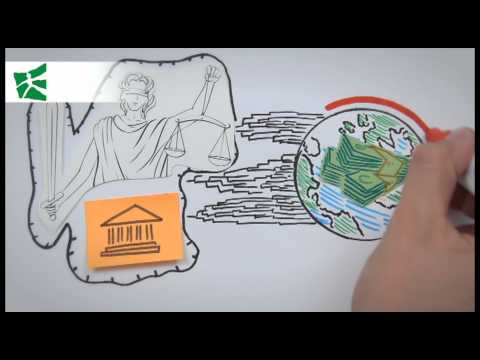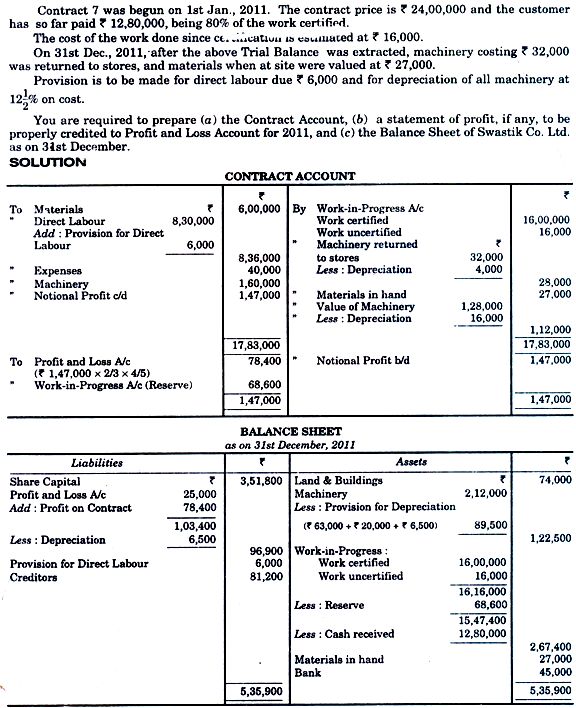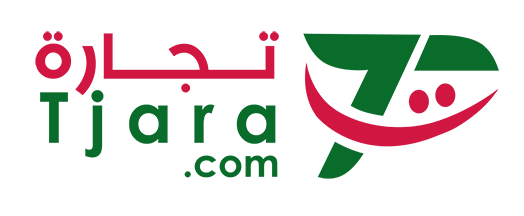

The cash budget gives a broad view of the company’s cash requirements in the near future. If the receipts seem to be falling short of the future expenditure, the company can plan to raise or arrange for more cash from other sources in time. This will help it to avoid the unpleasant situation of being short in cash and hindrance of business activities.
Depreciation enables companies to generate revenue from their assets while only charging a fraction of the cost of the asset in use each year. Let us understand the intent behind using a cash budget system in the daily operations of an organization through the discussion below. The internal rate of return is a metric used in capital budgeting to estimate the return of potential investments. At the end of each budgetary term, the ending balance of the cash budget is carried forward to the next term’s cash budget.
The capital asset budget represents a significant investment in cash, and the amount is carried to the cash budget. If the cash will not be available, the capital asset budget can be adjusted and, again, carried to the cash budget. The company then subtracts the cash needed to pay for production and other expenses. That total is $260,000 ($200,000 in cost of goods sold + $60,000 in other costs).
It will have to buy more plants and machinery to be able to do so. Hence, this sort of investment is usually predictable and should be incorporated into the budget. Recurring and non-recurring income and expenditure are also differentiated on the basis of their time frames. Recurring items repeatedly occur within a short span of time. On the other hand, non-recurring items do not happen frequently and, thus, require long-term planning. Both categories of items require different business strategies with different goals.

Whether you are starting your first company or you are a dedicated entrepreneur diving into a new venture, Bizfluent is here to equip you with the tactics, tools and information to establish and run your ventures.
How to Prepare?
Estimate of the amount and timing of payment of raw materials or finished goods during a budget period closely follows sales estimates but the relationship is not necessarily a precise one. In case of credit sales there will be time lag between point of sales and realization of cash. The actual time lag between the two will depend upon the credit terms, the type of customer and the credit and collection policies of the firm. A finance manager should, therefore, collect data regarding percentage of credit sales collected in 30 days, 60 days, and so forth.
Many small businesses find it helpful to prepare monthly cash budgets and to analyze any variances between the budgeted and actual amounts on a monthly basis. This enables small business owners and managers to stay on top of any unexpected cash uses. This method is followed for the preparation of a long-term cash budget. The basis of preparation under this method is the profit & loss account.
Long-term cash budgets usually require more strategic planning and detailed analysis as they require cash to be tied up for a longer period of time. A cash flow budget gives you an estimate of the money that comes in or goes out of a business for a specific period in time. Organizations create cash budgets using inferences from sales forecasts and production, and by estimating the payables and receivables. Other balance sheet changes throughout the year are reflected in the income statement and statement of cash flows.
It involves the estimation of cash payments of different items at different times. These items may cover cash purchase, payment to creditors, payment of salary what is primary component of cash budget wages and various cash expenses. The estimates of the amounts required for paying off creditors are mainly dependent on the credit policy of the suppliers.
Accounting and Accountability
Basically, a cash budget is a planning tool for management decisions. To allocate funds for business expenses, you first need to determine your income and cash flow for the period to the best of your ability. First, a budget typically offers more granular details about how money is spent than a cash flow statement does. This provides greater context for making tactical business decisions, such as considering where to trim business expenses.
- This compensation may impact how and where products appear on this site .
- Thereafter, an estimate of market share of individual products, prices that are likely to prevail and the likely reception of new products has to be made.
- Molly Malone is starting her own company in which she will produce and sell Molly’s Macaroons.
- Having a better handle on your spending will allow you to save and invest a part of your income.
In the balance sheet method of a cash budget, the expected balance sheet is prepared, which will include expected assets and liabilities except for the balance of cash & cash equivalents. Now if the total of estimated liabilities is more than the estimated assets, then the balancing figure is closing cash and cash equivalents. A cash budget is a component of the master budget, but preparation involves using input data from other budgets, i.e., sales budget, direct material budget, and direct labor budget.
After estimates for cash inflows and outflows are made, these are combined to obtain the net cash flow or outflow for each month. When the net cash flow is added to the beginning cash balance, the resulting figure gives cash position of the firm. Once sales estimates have been done finance manager’s job begins. Before preparing the cash budget, finance manager must determine the period for which the budget will be prepared.
Comprehensive budgeting, a phenomenon that evolved over the years; however, has got good traction in recent years. Comprehensive budgeting makes the job of decision-making for managers very easy. It covers every aspect of the business, thus having a very broad scope.
Factoring these expenses into the budget is important so that you can set aside the exact amount of money required to cover these expenses. They can also be a good reference point to check for problems if your business finances aren’t going as planned. A master budget is an aggregation of lower-level budgets created by the different functional areas in an organization. It uses inputs from financial statements, the cash forecast, and the financial plan. Management teams use master budgets to plan the activities they need to achieve their business goals.
How to Make a Cash Budget
The second step is to estimate the cash receipts from various sources during the period. The major sources of cash receipts are cash sales, collection from debtors, income from investments, receipts from issue of shares and debentures etc. The preparation of a cash budget is an important management task. While some small businesses may be able to survive for a time without budgeting, savvy business owners will realize its importance. A cash budget can protect a company from being unprepared for seasonal fluctuations in cash flow or prepare a company to take advantage of unexpected quantity discounts from suppliers. At its most basic level, a budget is a plan for owners and managers to achieve their goals for the company during a specific time period.
Creating a Master Budget… order the steps.
For simplicity, assume that they did not have accounts receivable or payable at the beginning of the year. They also incurred and paid back their financing during the year, so there is no ending debt. However, the cash budget shows cash inflows and outflows not related to sales or the purchase of materials. The company’s capital assets increased by $8,500 from the copier purchase, and their common stock increased by $5,000 from the additional issue as shown inFigure 10.24. The company’s capital assets increased by $8,500 from the copier purchase, and their common stock increased by $5,000 from the additional issue as shown in Figure 7.22.
Thus, sales for January and February of 2013 are estimated to be Rs.1,50,000 and Rs.2,50,000, respectively. Everything you need to know about methods of preparing a cash budget. If you are projecting an increase in sales, is there an accompanying marketing or advertising campaign? Include any expenses for print , radio, or other advertising services. After arriving at a base figure of cash sales, it must be adjusted for any trade or other discounts and for possible returns. As stated previously, the base level of sales will be determined by the company’s projections, goals and past experience.
However, the business concern may take the advantage of discount allowed by suppliers by making cash payment. This Business Builder focuses on the creation of a cash budget for your business. While there are several other types of budgets that can be prepared, small business owners should pay close attention to their cash position and create a cash budget for their company.
This in turn helps the company to grow and increase its profitability. In case of businesses facing seasonal variations in demand, the cash budget can be made for small durations, say weekly or monthly. A company can go for a longer period budget, say even a year, if its cash flows are relatively stable with little fluctuations.



Leave a Reply